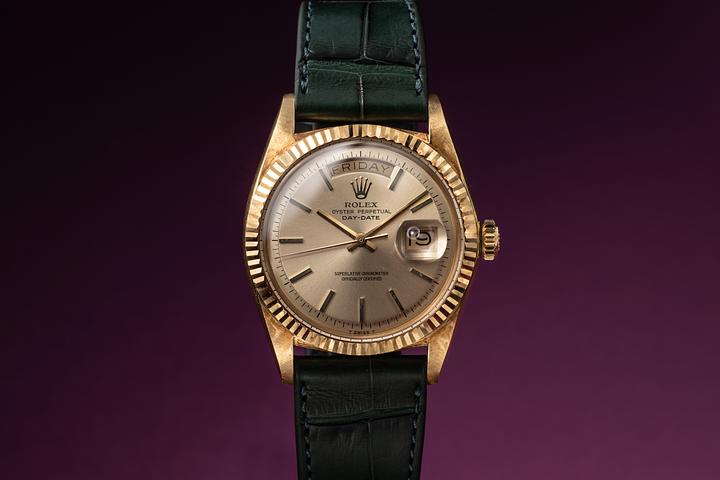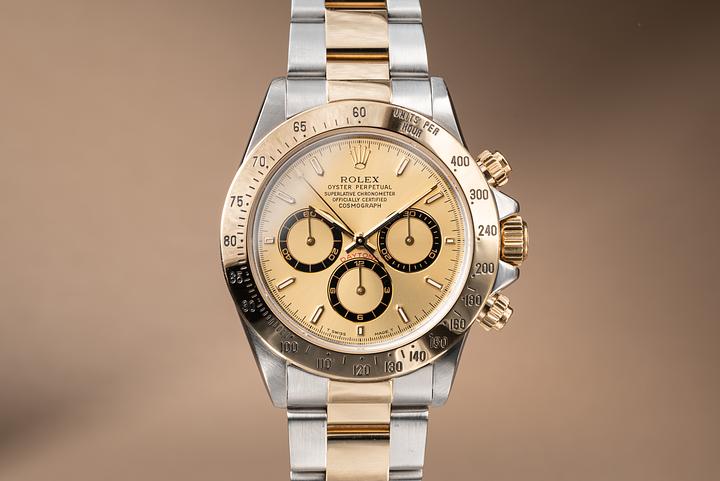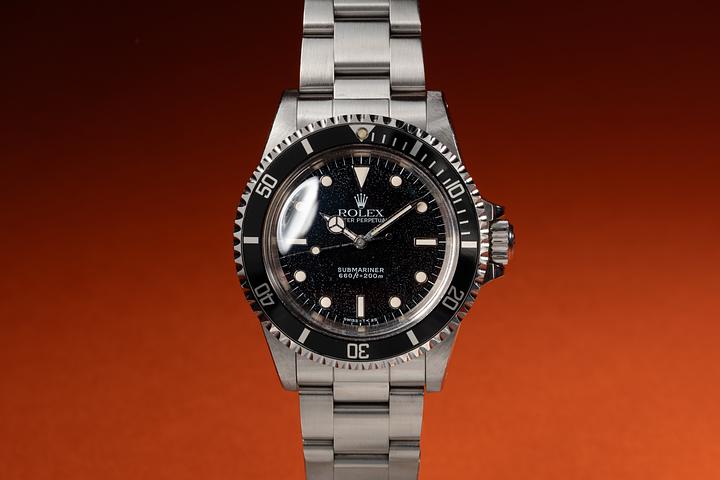Rolex Datejust Watch Guide: Swiss Craft Meets Timeless Style

The Rolex Datejust: Timeless Elegance Rooted in Swiss Watchmaking
The Rolex Datejust holds a special place in the pantheon of luxury timepieces—it isn’t just a watch, it’s a declaration. Introduced in 1945, the Datejust marked a revolution in watch design and functionality, becoming the first self-winding chronometer wristwatch to feature a date display in a window on the dial. For the uninitiated? Yes, that was a big deal. And even today, nearly eight decades later, the Datejust holds its own in an industry driven by innovation, heritage, and craftsmanship. Its staying power isn’t just about prestige; it's about pioneering, precision, and unrelenting attention to detail—the hallmarks of the Swiss watch industry. Let’s dive deeper.
The Revolutionary Birth of the Datejust
It all began at Rolex headquarters in Geneva, Switzerland, in celebration of the company's 40th anniversary. Launched in 1945, the first Rolex Datejust debuted as the reference 4467, crafted entirely in yellow gold and fitted with a then-novel Jubilee bracelet, specifically created for the occasion. Most notably, it incorporated the world’s first self-changing date function on the dial. While it might seem commonplace today, this was a paradigm shift in horology at the time. With the Datejust, Rolex wasn’t just setting time—it was redefining it. And if that seems like a marketing line, it wasn’t. It was the reaction from collectors, aficionados, and those in the corridors of Swiss watchmaking.
The Swiss Watchmaking Standard: Precision and Innovation
The Swiss watch industry, long considered the benchmark of high-performance timekeeping, has built its legacy on innovation, heritage, and quality. The Datejust aligns seamlessly with those pillars. Its movement, originally the Caliber 710, evolved through decades into iterations like the Caliber 3135 and beyond—each one retaining the focus on accuracy and durability. Manufactured entirely in-house, these movements are a testimony to Rolex's self-sufficiency in an industry typically characterized by outsourcing. The Datejust became emblematic of what Swiss watchmaking is all about: not just what it tells you, but how it tells you.
Design Language That Transcends Generations
The Datejust's design is deceptively simple yet endlessly refined. From the classical fluted bezel, often in precious metals, to the perfectly proportioned Oyster case—originally 36mm, now available in multiple sizes—it balances modern elegance with functional design. And yes, that famed Cyclops lens magnifying the date at 3 o’clock? Introduced in the early 1950s, it was Rolex’s way of saying, "We pay attention to what matters." Over time, Rolex has released the Datejust in multiple configurations: stainless steel, Rolesor (a combination of steel and gold), diamond-dial variants, smooth bezels, jubilee and oyster bracelets, and more. The variations echo the watch's adaptability while never compromising the brand's meticulous standards. It’s a familiar design that somehow keeps surprising us.
The Evolution of the Movement: Under the Hood of the Datejust
Ask any Rolex collector or watch technician, they'll tell you the Datejust is as known for what’s inside as what’s outside. Over the decades, Rolex has improved the Datejust’s movement with relentless consistency. From the early Caliber 1035 to the robust 3135 and currently the 3235, each generation has added features like improved power reserves, anti-magnetic properties, and better shock resistance. The 3235, in particular, features Rolex’s patented Chronergy escapement, offering increased energy efficiency. And here's the kicker—it comes with a 70-hour power reserve. These aren’t headline-grabbing changes, but rather the quiet sort of engineering that makes a modern Datejust one of the most reliable mechanical watches on the planet. Classic doesn’t mean stagnant—it means resilient by design.
The Datejust’s Role in Cultural and Historical Moments
Worn by everyone from US Presidents to international style icons and everyday individuals building personal legacies, the Datejust has long punched above its weight. Dwight D. Eisenhower wore one. So did Winston Churchill—two significant names in a post-WWII world where Rolex was rebuilding not just its brand, but a global icon for aspirational luxury. You’ll find the Datejust on the wrists of explorers, athletes, and industry leaders, which speaks volumes about its broad cultural imprint. Even in today’s noisy digital era, a Datejust quietly says more than most smartwatches ever could. The reason? It doesn't try too hard. It never had to. Its presence is built on purpose and performance.
The Enduring Legacy and Future of the Datejust
So, what’s next for the Rolex Datejust? If history is any guide—and let’s be honest, Rolex takes its cues from decades of steady progress—it’s going to continue evolving in the most Rolex way possible: incrementally, meaningfully, and without fanfare. Maybe a new material. Maybe an ever-so-slight design refinement. But what won’t change? Its core values: timeless design, precision engineering, and a deep grounding in Swiss watchmaking tradition. The Datejust might have started as a 1940s innovation, but today, it stands as a benchmark for the modern wristwatch: elegant, reliable, and enduring. For collectors, casual admirers, first-time buyers, or veteran horologists, the Datejust remains a defining piece in the story of time itself.




